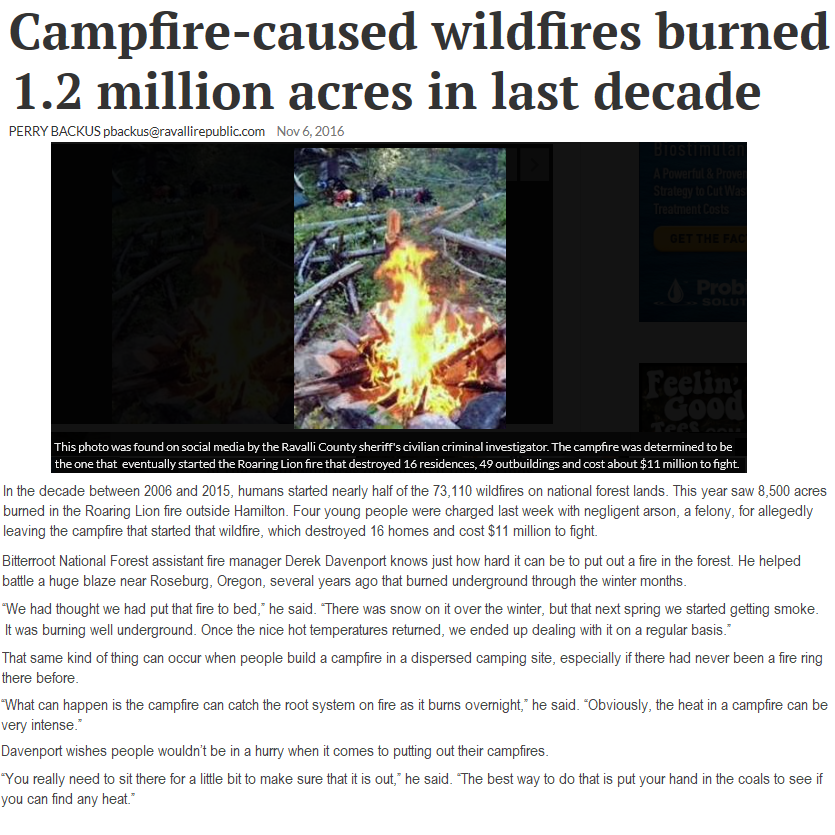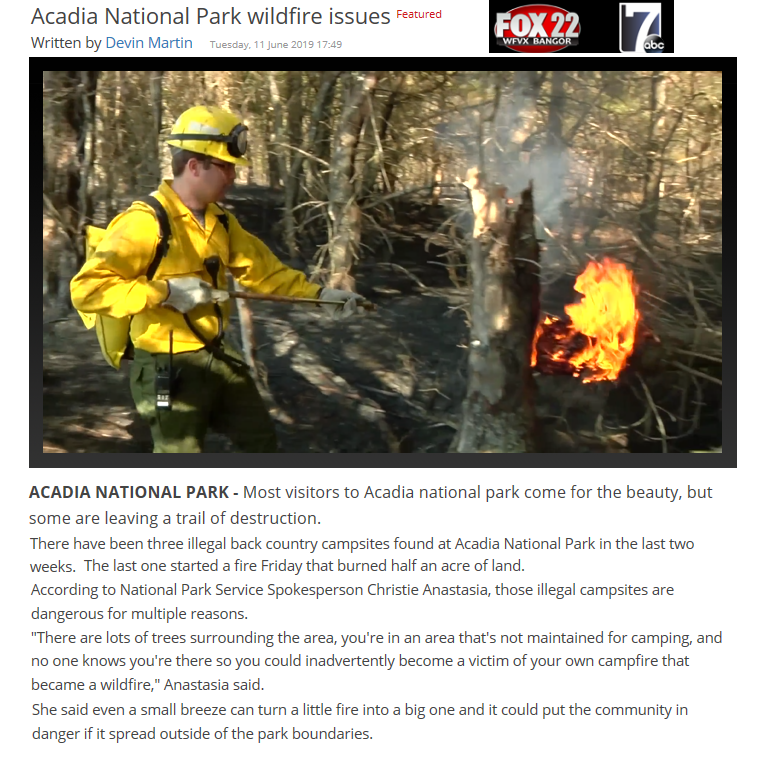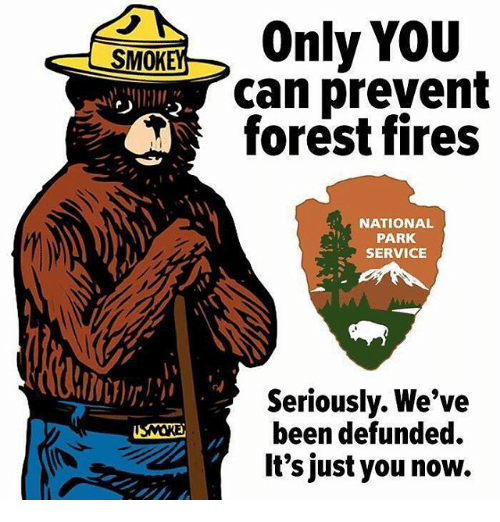With #wildfire season kicking into high gear and many people taking a long weekend for the #4thofJuly to enjoy our public lands with family and friends, let’s talk about a mainstay of many people’s outdoor adventures. Campfires.
I love a good campfire. The crackle of the fire, staring into the embers, and the warmth on a cool evening is relaxing like nothing else. It’s easy to make a lovely #campfire, but are you doing it responsibly?
Fire requires a source of #fuel. If bringing wood with you, make sure it was purchased nearby (within 50 miles as a rule of thumb) to avoid transport of #invasive species. If allowed, another option is to collect firewood locally. Look for #wood that is dead, down, and the diameter of your wrist or smaller. A saw/axe should not be required for collecting #firewood. To avoid stripping the immediately adjacent area, collect wood out of sight of the campfire area.
Choose an acceptable location for the fire. Established fire rings are the best choice and are generally available in areas where fires are allowed. Clear the immediately surrounding area of flammable material, including leaves, #pine needles, and #forest duff (decomposing organic material) that may hide embers. Make sure to have a method of controlling the fire, at minimum a shovel, bucket, and water source.
When starting the fire, avoid using #accelerants as they can result in the #fire quickly getting out of control. While the fire is burning, keep it to a size that can be controlled with the equipment at hand. Never leave a fire unattended. Don’t burn #trash. When it’s time to put the fire out, ideally let it burn down to ash, then drown it, stir/mix it, and then use your hand to feel for heat. Stick around for 30 minutes after drowning the fire and check the area to ensure no embers have escaped.
Remember, not all #publiclands allow campfires and many require you to obtain a fire #permit in advance. Even if fires are allowed, take into account local conditions before lighting up. If its windy, dry, or you are in an area with a large, dry fuel source (grass, brush, dead #trees), consider postponing the fire or finding a more suitable location.
Fun facts about #SmokeyBear (NOT #SmokeyTHEBear) from the #USFS. Smokey Bear was born on Aug. 9, 1944, when the U.S. Forest Service and the Ad Council agreed that a fictional #bear would be the symbol for their joint effort to promote forest fire prevention. In 1947, his slogan became the familiar “Only YOU Can Prevent Forest Fires!” Then in the spring of 1950, in the Capitan #Mountains of New Mexico, a young #bearcub found himself caught in a #burning forest. He took refuge in a #tree, and while managing to stay alive was left badly #burned. The firefighters who retrieved him were so moved by his bravery, they named him #Smokey. News about this real bear named Smokey spread across the Nation, and he was soon given a new home at the National Zoo in #Washington, D.C. The living symbol of Smokey Bear, he played an important role in spreading messages of wildfire prevention and #forest #conservation. #Smokeybear died in 1976 and was returned to Capitan, #NewMexico, where he is buried in the State Historical Park.




















Comments